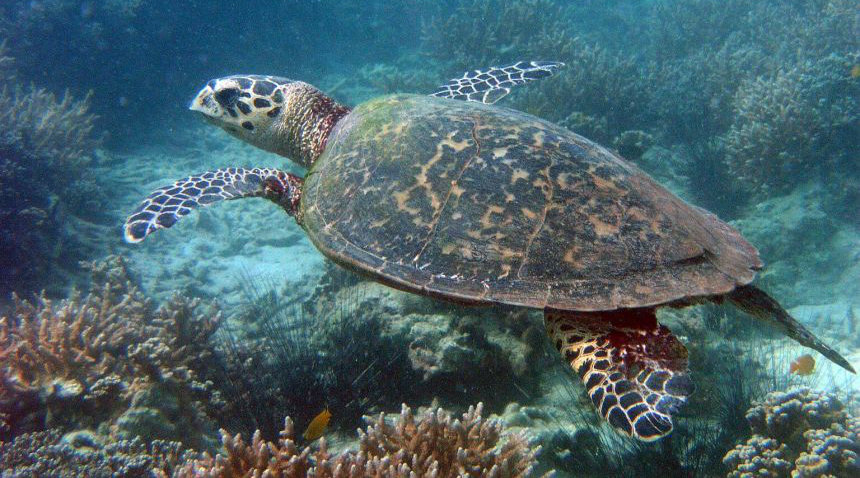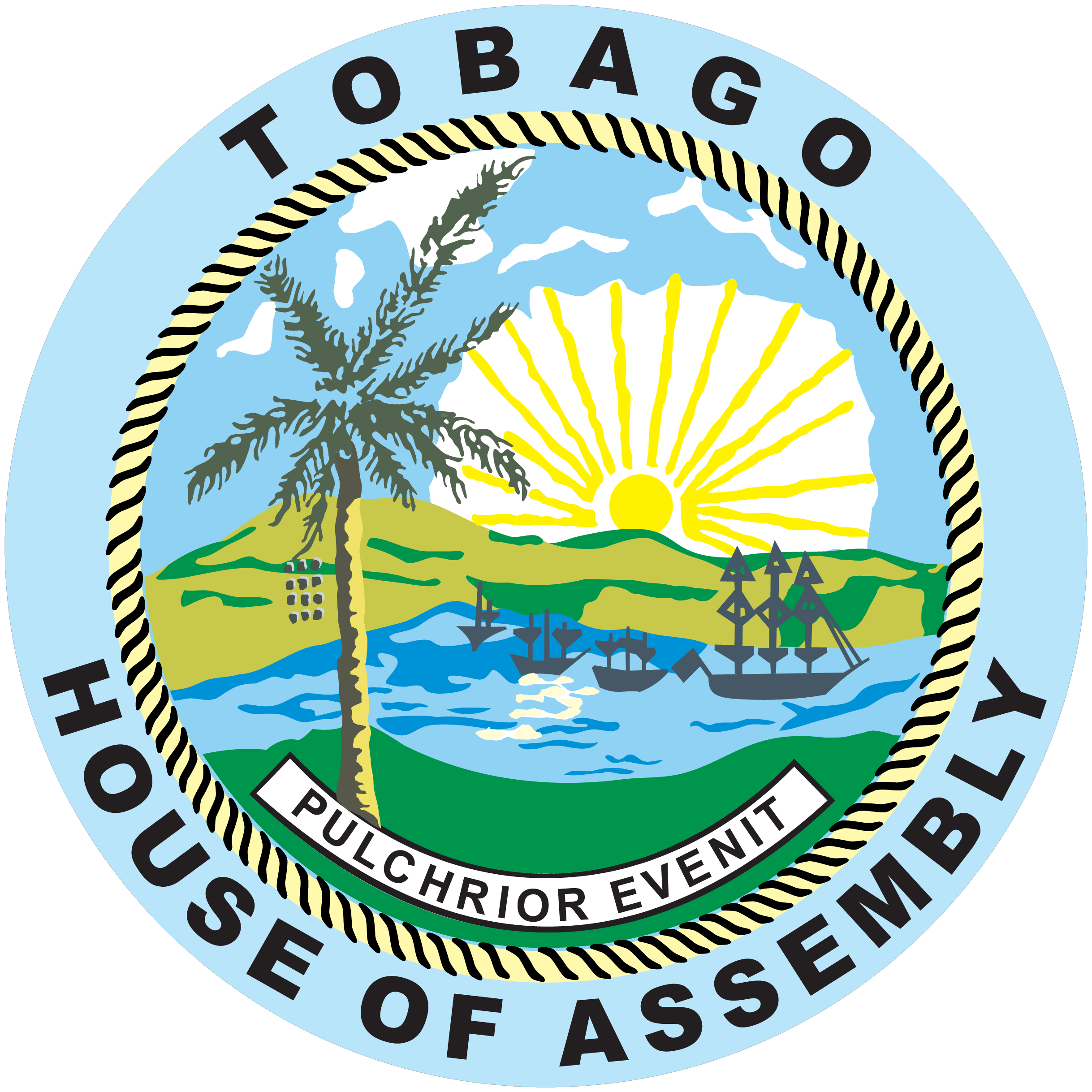Keeping Turtles Safe

Tobago is home to three major species of sea turtles—the Giant Leatherback, the Green turtle and the Hawksbill. Turtles are important to the environment as they help to create a balance in the ecosystem, for example the Leatherback turtles help in maintaining the jellyfish population. They also attract tourists who are interested in turtle-watching.
The animals nest at night, surfacing from beneath the ocean to find a suitable spot to lay their eggs, such as Tobago’s Bloody Bay beach.
Environmental Research Institute Charlotteville (ERIC) CEO and Director Aljoscha Wothke said the beach has become a dangerous area for sea turtles.
“The facility in Bloody Bay is a trap for mother turtles that come up from the beach to lay their eggs and turtles get caught below the facility and because of the bright lights the baby turtles don’t find their way back to the beach,” Wothke said.
Stakeholders from ERIC recently met with stakeholders from the Department of Natural Resources and Forestry (DNRF), the Division of Tourism, Culture and Transportation (DTCT) and the Tobago Tourism Agency Limited (TTAL) to find solutions that would help make the area turtle-safe.
“During the meeting we all agreed, with some simple and affordable methods, we can protect the mother turtles as well as the baby turtles on Bloody Bay beach. We’re happy that something like this happened, where different stakeholders came together and came to an agreement. Within the next two to three weeks the facility will be upgraded so it’s turtle-safe,” he said.
To aid the turtles, some of the measures agreed upon include restriction of vehicular access to the beach and the replacement of lights at the facility with red lights to prevent hatchlings from venturing further inland.
